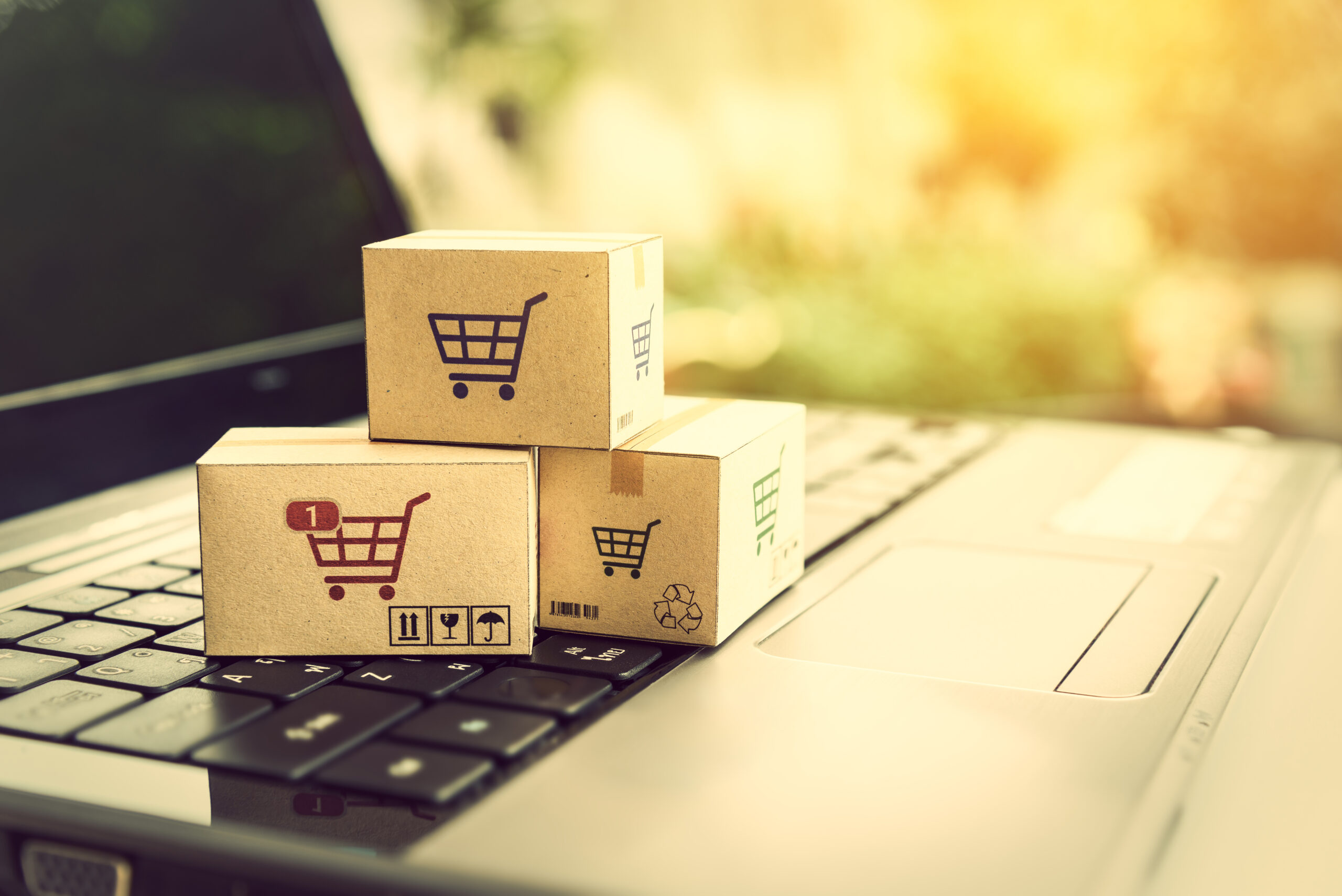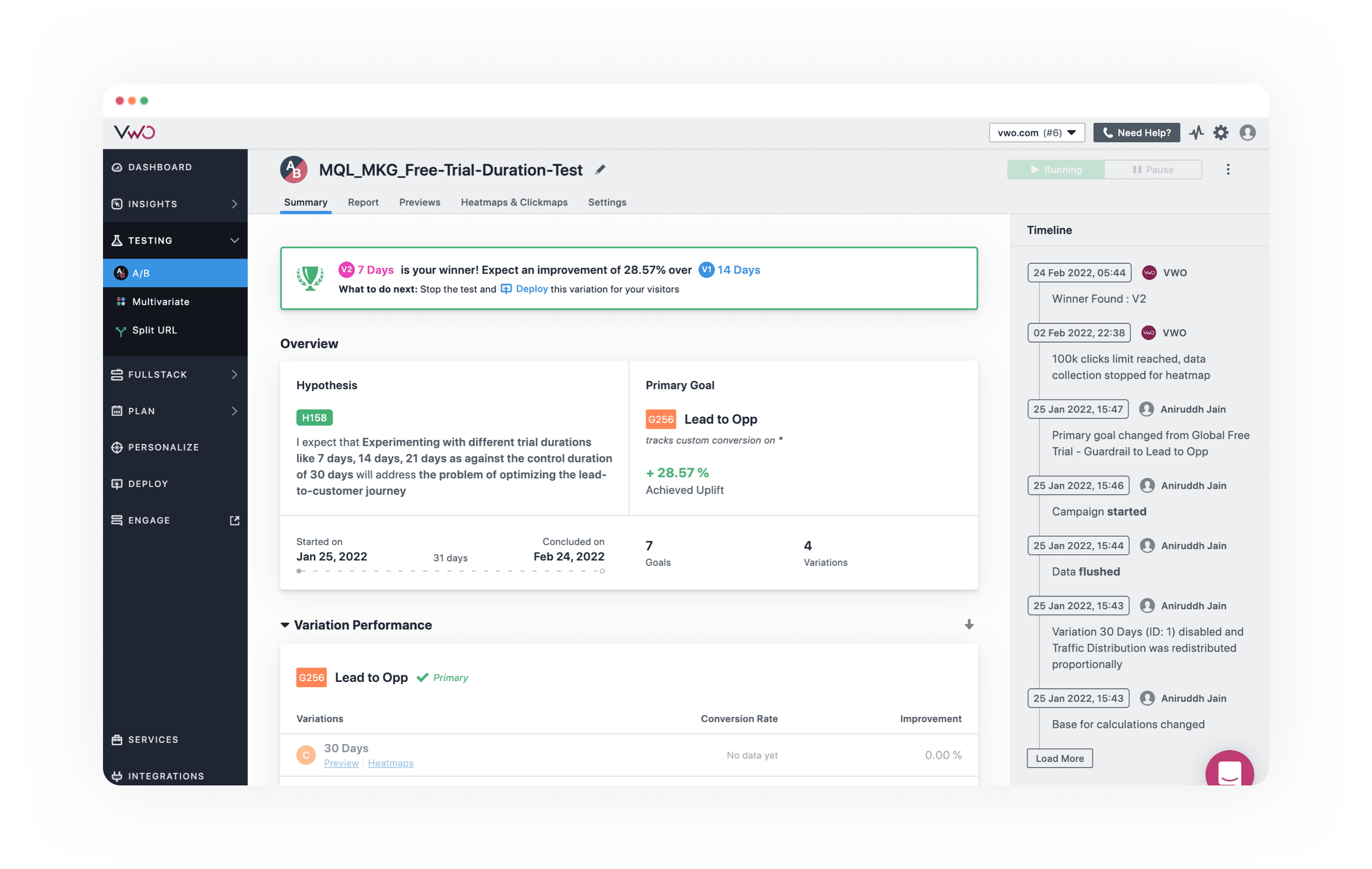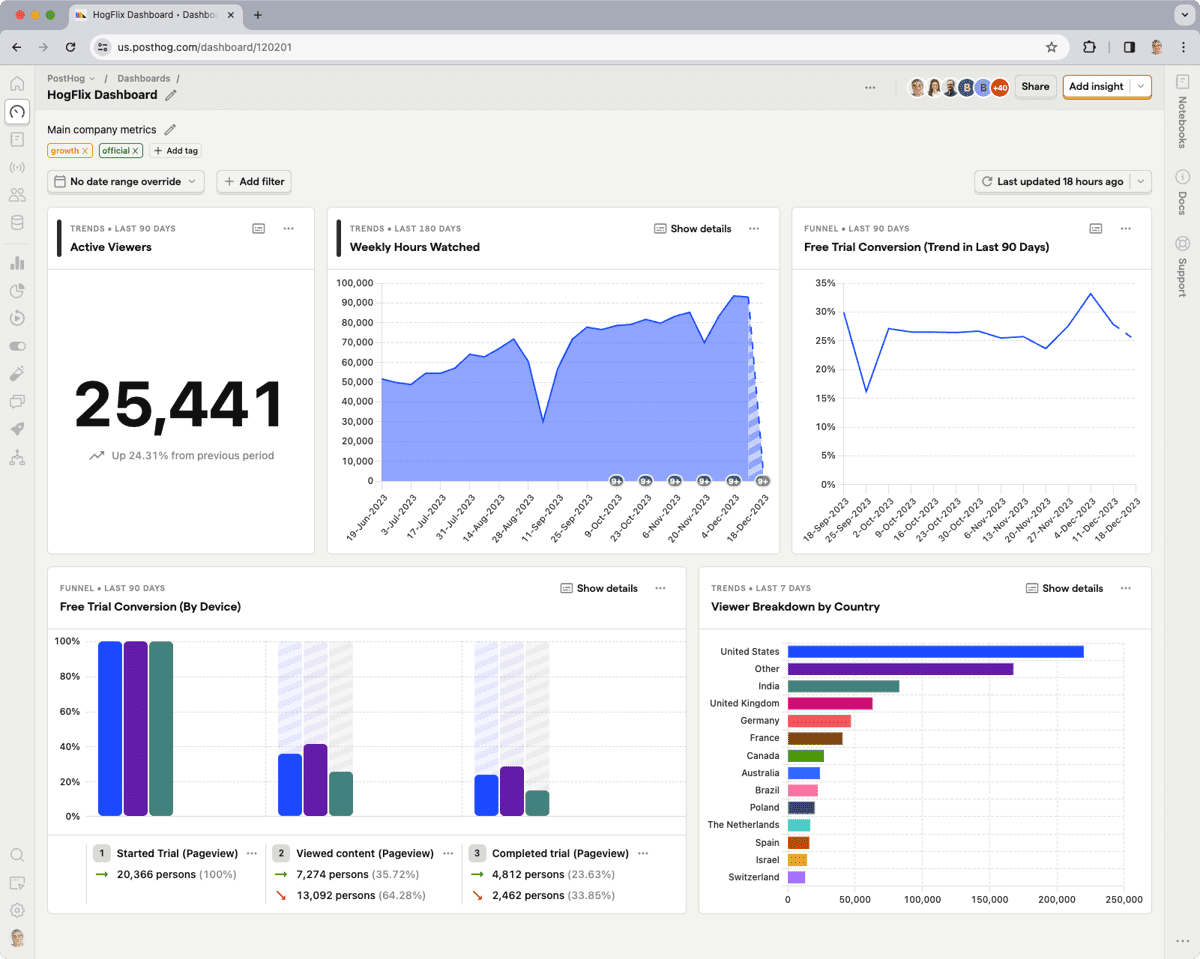Are you looking to optimize your website's performance but unsure if VWO is the right choice? You're in luck! We've compiled...

Top 8 eCommerce Trends For 2021
1. AI will be less artificial and more intelligent
Artificial intelligence is moving into the mainstream, with many consumers now happily comfortable interacting with chatbots and, in some cases, preferring them to live humans. Advances in machine learning will continue to improve how AI cangrow your brand, from making product recommendations to customers to assistance through voice search. You can put AI to work in several ways, with more coming online all the time:
- Product and content recommendations
- Marketing messages and email
- Visual search and product combinations
- Predictive analysis
- Product layout
2. Green consumerism will continue to grow in popularity
3. Influencers will become brand partners
Celebrities have long been put to work selling everything from sports cars to dish soap, and that trend is hard at work in social media, though it is influencers who are doing the heavy lifting now. Why? In general, it’s much cheaper to contract with an influencer to promote your products, and influencers have often gained highly devoted, highly focused following around specific activities. With a small amount of homework, you can find an influencer no matter what segment you are selling in, from vegan cupcakes to long-distance mountain biking. How you work with an influencer can depend on who you are, who they are, and what you are selling. A good tip is to build a relationship, promote their page, provide them with free merchandise, and give them the freedom to create contentaround your brand as they see fit.
4. Customers will do their shopping in marketplaces rather than eCommerce stores
Everyone who is anyone is selling online now, but consumers have always and will continue to favor ease and convenience, and while even your corner barbershop offers online shopping now, online marketplaces like Amazon and Walmart will continue to dominate the online shopping experience. There are several reasons for that, with choice and convenience topping the list. A quick look at product pages on Amazon, for example, shows you that those stores sell not only their own products, but products from thousands of vendors. Other giant retailers, like Best Buy, have followed suit. This creates for the shopper a single destination where they can compare products, prices, and services on a huge range of items — something your corner store simply can’t do. Meanwhile, the satisfaction of two or three-day shipping and free returns makes the experience that much better.
5. Online buying will not be limited to B2C products
Shutdowns and stay-at-home orders did not just mean that consumers went online to buy coffee beans and sweatpants. This is another area where the market was severely disrupted in 2020, which saw everything go on sale online, from sofas to mixed drinks to go. It’s possible these changes will slow down and this trend might retrograde somewhat as people rediscover the convenience of in-person shopping and resume their regular routines, but it certainly won’t stop. Businesses can adopt new strategies to take advantage of this trend almost no matter what industry they are in. Just about any product you sell can be bought online, and almost any service you perform can be purchased, paid for, and scheduled online. The secret is to make it convenient for the buyer — and more convenient than what your competition is offering. UX can play a role here by creating an online catalog and content to match, plus a user-friendly buying experience that drives conversions.
6. Social media will start promoting shoppable video ads
2020 showed the continuing power of social media as a selling platform, and with new options coming online seemingly every month, this will continue to be a powerful commerce platform in 2021 and beyond.
7.Analytics will dominate decision making
The easy availability of data is reshaping how merchants tailor marketing campaigns and products, but in some cases, that data can feel overwhelming. The standard metrics will still play a huge role in how you market, from bounce rates to click-to-open rates, and these can paint a detailed picture of your marketing success. But new analytics offer even more granular detail, and will soon be able to identify price sensitivities, full-price payment likelihood, and even cart abandonment likelihood. eCommerce sites can begin by ascertaining just what data they have access to either immediately or through a service upgrade. Look for data that segment your audience by demographic data and channel, then identify impactful content and integrate it all with your CRM and CMS for a broad view of your eCommerce business.
8. Omnichannel shopping will become hugely influential
Omnichannel marketing is viewing an experience through the eyes of your customers, orchestrating the customer experience across every channel so it is seamless, and consistent messaging no matter the platform. For merchants, this not just optimizing user experiences across mobile, tablet, and desktop, but also optimizing that same experience through every channel that you use, from social media to email marketing to bus stop banners. Several tools have emerged to help retailers structure these new relationships, including Amazon, Pinpoint and Amazon Personalize.




